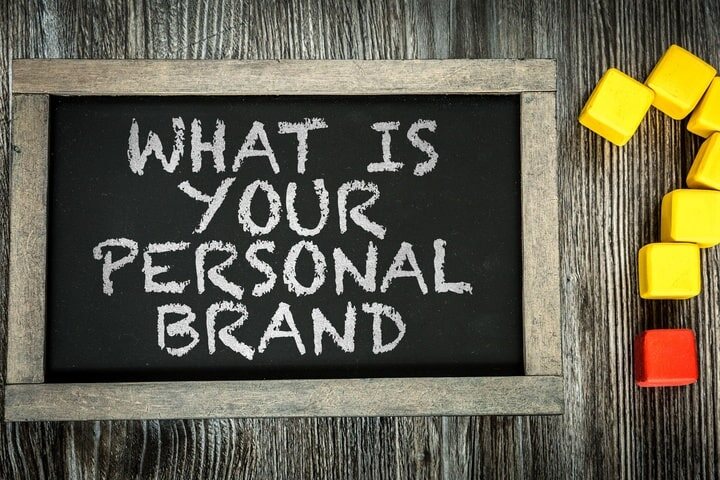At U-PIC Shipping Insurance, we focus on supporting eCommerce brands with insights into navigating the eCommerce landscape. In this blog, we will discuss the concept of personal branding.

In today's interconnected world, the line between you as an individual and your business blurs, especially if you're active on social media. Major brand CEOs like Elon Musk, Mark Zuckerberg, and others are not just executives but also the faces of their companies. This shift underscores the importance of personal branding in modern business leadership.
Branding defines how your company looks, feels, and communicates its story to customers. It's the cohesive theme that makes your business unique and recognizable amidst competition. Consider iconic brands like Pepsi and Coca-Cola, whose branding strategies have shaped consumer preferences and loyalty.
Your Personal Brand
In 2018, CEOs are akin to public figures, representing their companies on social media and in the public eye. This direct engagement humanizes brands, fostering trust and consumer connection. Leaders like Richard Branson and Gary Vaynerchuk exemplify how personal brands can intertwine with corporate identity, creating a unified, relatable image.
However, this visibility comes with challenges. In today's hyperconnected world, every public statement can impact your personal brand and, by extension, your business. The risk of inadvertently offending or alienating audiences underscores the need for strategic communication and alignment with your audience's values.
Why Integrate Shipping Insurance into Your Personal Brand?
Integrating shipping insurance into your personal brand isn't just about protection—it's about trust and reliability. By ensuring shipments are safeguarded, you demonstrate a commitment to customer satisfaction and peace of mind. This proactive approach not only mitigates risks but also enhances your credibility as a business leader.
Branding Tools
Harnessing social media platforms like Facebook, Twitter, Instagram, YouTube, LinkedIn, and Snapchat strategically amplifies your personal brand's reach and impact. Each platform offers unique advantages—from visual storytelling on Instagram to real-time engagement on Twitter and professional networking on LinkedIn.
For instance:
- Facebook: With billions of active users, Facebook remains pivotal for engaging with your audience and showcasing your brand's values.
- Twitter: Ideal for quick updates and customer interactions, Twitter excels in real-time engagement and industry conversations.
- Instagram: Known for visual content, Instagram is essential for crafting a compelling brand narrative through images and videos.
- YouTube: A growing platform for video content, YouTube allows you to reach a diverse audience and establish thought leadership.
- LinkedIn: Targeting a professional audience, LinkedIn enables you to network, share insights, and build industry authority.
- Snapchat: Engaging younger demographics, Snapchat fosters authentic connections through real-time updates and multimedia sharing.
Navigating the complexities of personal branding requires a nuanced understanding of your audience and thoughtful content strategy. By aligning your personal values with your business goals, you can cultivate a compelling brand narrative that resonates with your audience and drives long-term success.
Curious about building your personal brand? Reach out to us at sales@u-pic.com for personalized advice!
Stay tuned for more marketing insights in our upcoming posts.